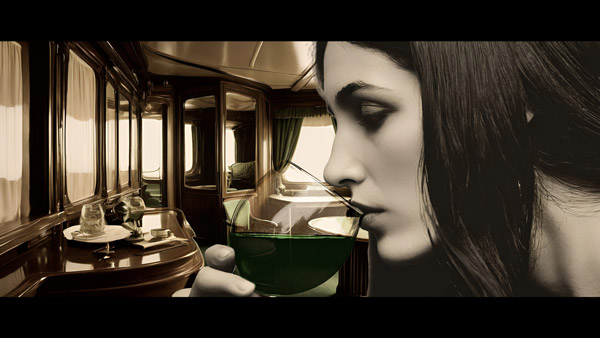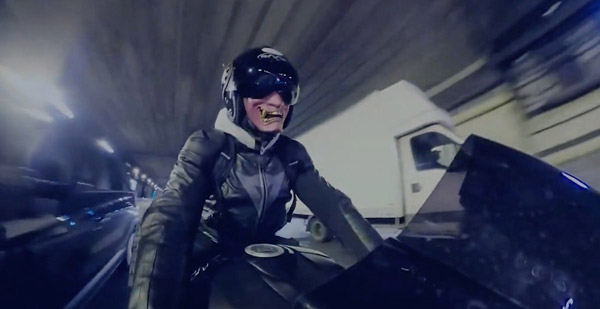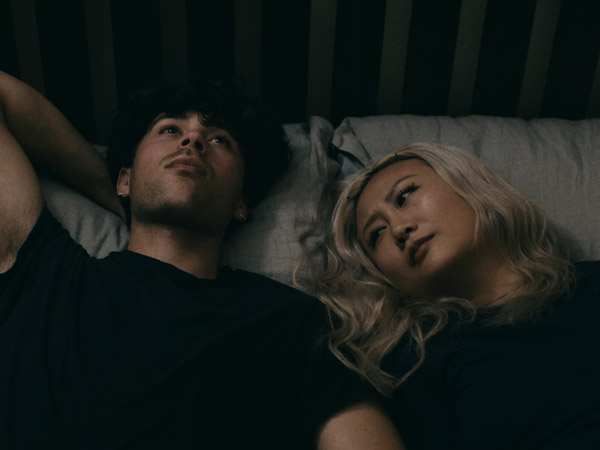
“El Supermalo is The Super Bad One -- an individual who is hidden within society sending out a message.” says Cuban street artist Fabian Hernandez. He is featured in Supermalo, a film by Matthew Seger, which will be shown at the 2021 New Jersey International Film Festival on Saturday, June 12. In a story of how censorship laws in Cuba are working to destroy the local art community, Seger documents Fabian Hernandez’s struggle to keep his work from getting taken down by the local government. El Supermalo is the character that Hernandez created when he started his expression because he was uncomfortable with living the way that the leaders of his country were forcing him to.
Following Hernandez from the start of his art career, up until the moment he is invited to leave Cuba for the first time in his life, the viewer is given insight into the artist’s personal life and where his career began. It apparently started in high school for him when one of his teachers mockingly asked him if he knew what 2 plus 2 equaled out to be; his answer was “five.” From then on, classmates referred to him as “2+2=5,” as they were so impacted by his wit. Hernandez uses this nickname to this day as an identifier with which he tags his works. When asked about what that incident means to him, he says “2+2=5? means nothing is perfect in life; There will always be a problem.”
Evident in the film, it is the censorship laws that make a problem for artists who want to make a life for themselves. Much can be learned as Supermalo progresses because many of the effects of these censorship laws are shown to the viewer throughout. When Hernandez is asked to describe one of his favorite pieces, the effects of said laws are projected. It is a painting of El Supermalo forcing a wide smile that he loves the most. Hernandez expresses that basically every Cuban has been forcing a smile since the uprising. He goes on to say, “With the shortcomings that we have, like lack of food and materials, everyone keeps a smile on their face, but with our hearts broken.”
Supermalo even sheds light on a sort of artistic black market that locals have developed in response to their suppression. According to Hernandez, every store in Cuba carries the same colors of paint on its’ shelves. For that reason, people who work in hotels throughout Cuba began to steal extra paint that the hotel had access to and sell it to artists who are looking for something different. While, in the United States, the need to illegally sell paint may seem blasphemous, but this is how Hernandez most times needs to buy paint for his pieces under strict censorship laws.
As Supermalo progresses, the story shifts from describing censorship laws in Cuba to giving Hernandez’s art the spotlight it deserves. The characters in his paintings all wore (and still do wear) masks to cover the bulk of their faces because, according to Hernandez, he is telling his story in fear. Most locals saw his work as a commentary on how every Cuban lives, while others thought it could be an act of terrorism. Cops even began searching for the “man behind the mask” as they were afraid his work could spark a political or even civil war. When he was finally caught and threatened with arrest, cops loosely referenced the age and importance of the buildings that they were painted on as their basis.
After all that Cuba had put him through, what’s most important to filmmaker Seger was to show how Fabian Hernandez, creator of the character El Supermalo, always chose to push forward. Hernandez says that the way his people are forced to live makes him genuinely want to cry. However, according to Hernandez, there is no point in pleasing your oppressor by showing them that they are breaking you down. Instead, what he proposes is to smile and pretend it’s okay.











